
Hong Kong Cultural Centre at 30: still the main attraction, warts and all
- Only five programmes in jubilee calendar of events cancelled because of protests
- Complaints linger over acoustics and design, but no plans yet for major facelift
Renowned percussionist Yim Hok-man remembers the opening of the Hong Kong Cultural Centre on November 8, 1989, as if it were yesterday.
“I spent half a month’s salary to tailor-make a suit,” recalls Yim, 73, associate director of the Orchestral Academy under the Hong Kong Chinese Orchestra.
“The concert was preceded by dinner in the foyer, where at least 50 tables were set up. I will never forget the sight of the servers, holding their trays high up on one side, walking down the two stairways. It was a majestic spectacle.”
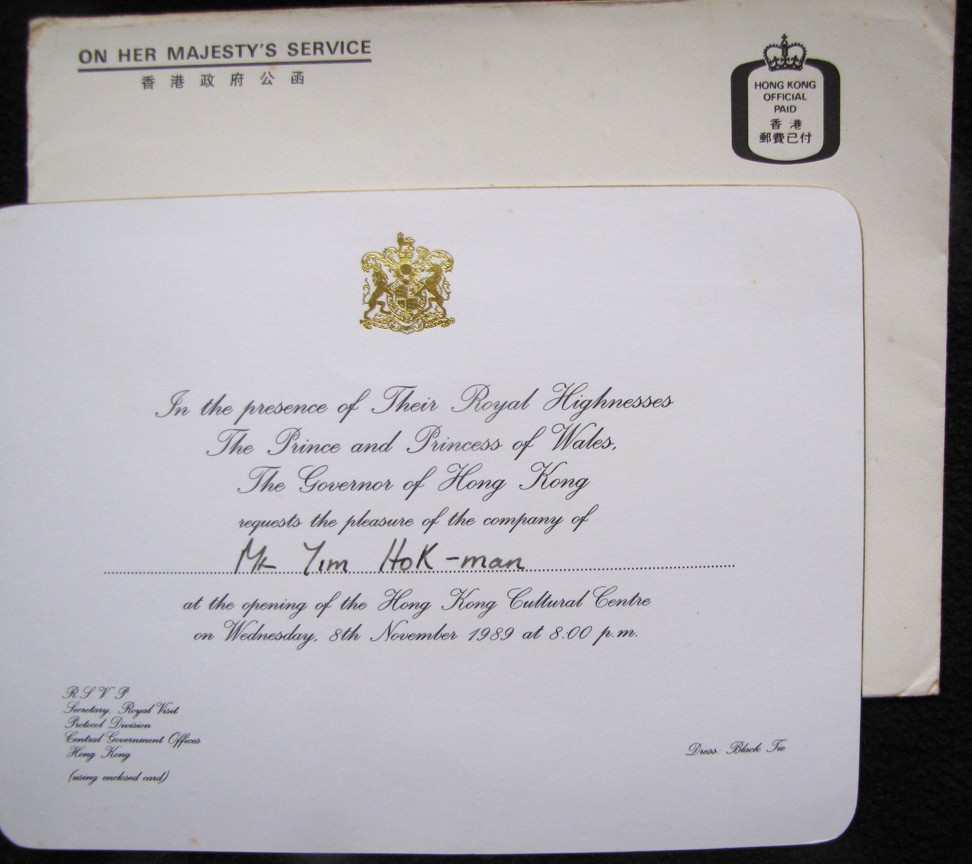
“When the royal couple walked past me,” he says, “I could really see with my own eyes the beauty of Princess Diana.”
Since its grand opening, the Cultural Centre has been Hong Kong’s main venue for top performing arts events and appearances by big-name stars, international and local. Under one roof, it houses a 2,020-seat concert hall, a 1,734-seat grand theatre, a 496-seat multi-purpose studio theatre and numerous rehearsal rooms.
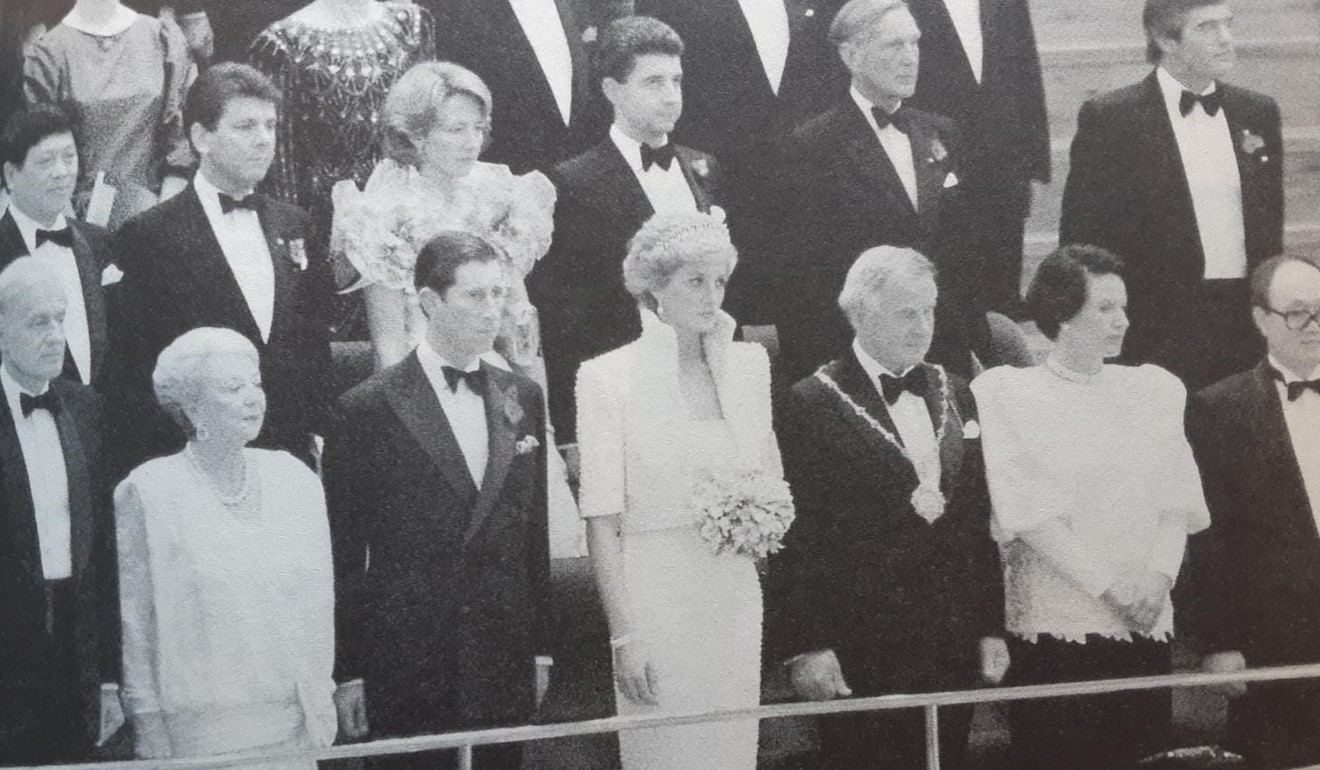
“We were especially worried about programmes that involved international artists whom we signed contracts with a year ago,” says Fionn Yeung Wai-fong, the centre’s chief manager.
DJ with famous name brings classical music to young audiences
The protests began peacefully, before escalating into a wider movement, with violent clashes between radical protesters and police in commercial and residential districts as well as university campuses.
Yeung says: “We have had to monitor the situation closely, and be especially alert during weekends when things could get volatile and when the venue is usually the busiest.”
So far, the centre has been closed to the public for two days during the unrest, and there were 17 days when it closed early. Of the 45 pieces in the celebration series, some with performances on multiple nights, five were cancelled and two had to be rescheduled.

Staging the acclaimed Nordic opera Autumn Sonata, which had its Asian premiere opening the city’s World Cultures Festival in October, involved bringing in the composer, soloists, conductor, and the Malmö Opera Chorus. They were all informed of the situation in Hong Kong, but decided to proceed with their three performances.
“The first two shows went very well, but the Sunday matinee became impossible when the entire Cultural Centre was closed due to protests near Salisbury Garden,” says Alex Cheung Kwok-wai, senior manager of the LCSD’s festivals office.
“We tried to be good hosts by arranging for our visitors to tour the Big Buddha on Lantau Island, and saw them off at the airport slightly earlier than scheduled due to the special check-in situation.”
Yeung says: “I’d like to say we have been very blessed that most of the programmes proceeded as scheduled.”
A design maligned
When it opened in 1989, after a decade of transformation work on the site of the former train terminal, the Cultural Centre was the biggest single investment in Hong Kong’s arts scene.
The work had been led by the government’s Urban Council – later replaced by the LCSD in 2000 – and the Architectural Services Department, whose chief architect Jose Lei was the designer.
There were complaints from the start, about everything from the building’s plain façade to the acoustics and design of the main halls, and even the size of the orchestra pit in the grand theatre.
Pianist Nancy Loo, who will join nine other veteran pianists in a concert at the venue on December 27, recalls unfondly the sound at her first performance there three decades ago. “When I played a note on the piano, it sounded like two notes, because of the reflection. It was awful,” she says.
When I played a note on the piano, it sounded like two notes, because of the reflection. It was awful
Although the echo problem was solved, performers and audiences alike continue to be affected by the variation of sound across the hall.
Percussionist Yim says “the reverberation in the concert hall is less sensitive and balanced” than at Central’s City Hall, another prestigious performance venue.
Andy Simon, principal clarinettist of the Hong Kong Philharmonic Orchestra since 1988, says the experience is not like that at a venue such as New York’s Carnegie Hall, which he has visited as a performer and audience member. There, he says: “It sounds the same, no matter where you sit. That’s what makes a concert hall great.”
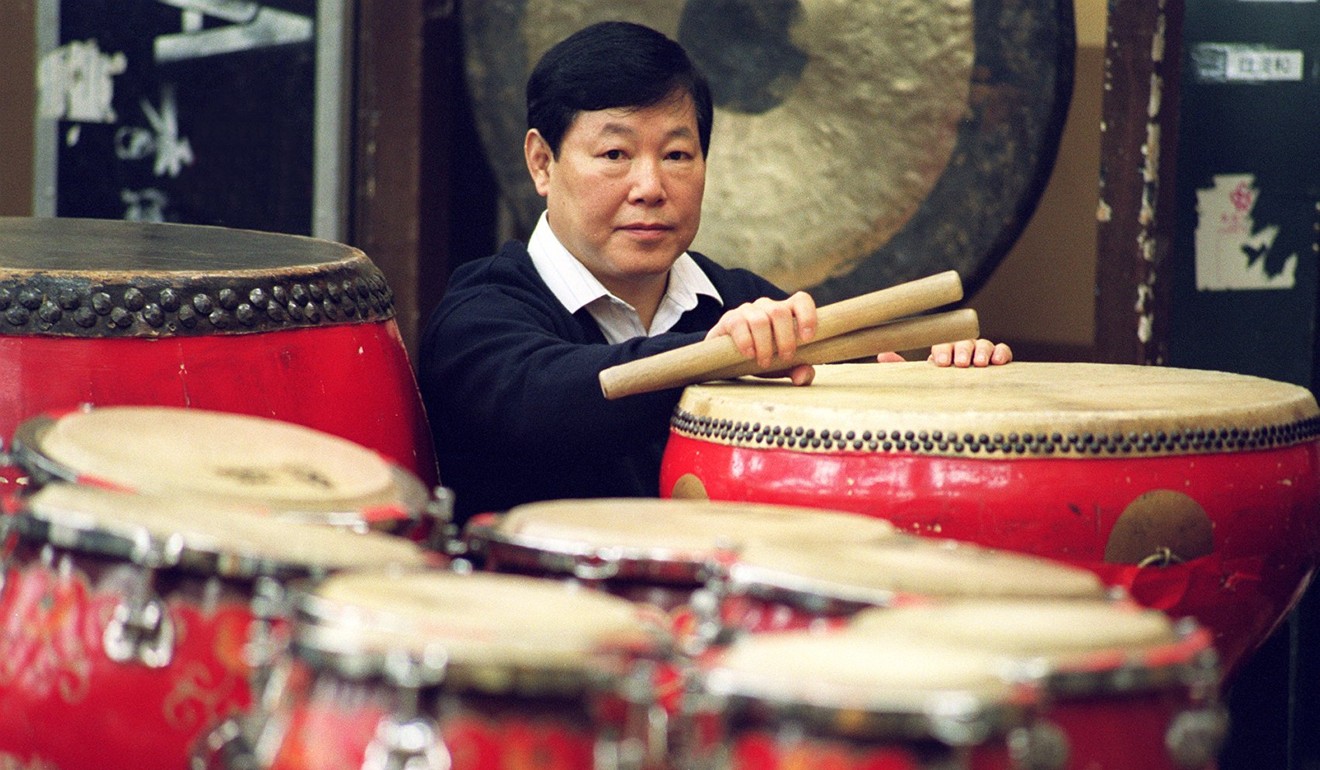
Simon has his own memories of the Hong Kong centre’s launch, and recalls the gala concert for the soft opening three days before the official event.
“The centre of attention was the renowned soprano Jessye Norman, who sadly passed away recently, and she insisted the entire air-conditioning system be turned off during the performance,” he says. “It was an extremely hot day, and I remember she sang Amazing Grace, a cappella, as an encore.”
He adds with a laugh: “As the audience were fanning themselves with the programmes, the scene was somewhat like an African-American singing gospel in a church in Georgia.”
An unfit pit
The centre’s Grand Theatre has attracted other complaints.
“The orchestra pit is too small to seat 100 musicians, and it is not flat,” says Yip Wing-sie, music director of the Hong Kong Sinfonietta. “More often than not, those seated at the very back might not see the conductor at all.”
She says the centre should sacrifice several rows of seats in the hall, to make way for a larger pit.
But veteran opera director Lo King-man, 82, who presented his first production at City Hall soon after it opened in 1962, has a more radical suggestion.
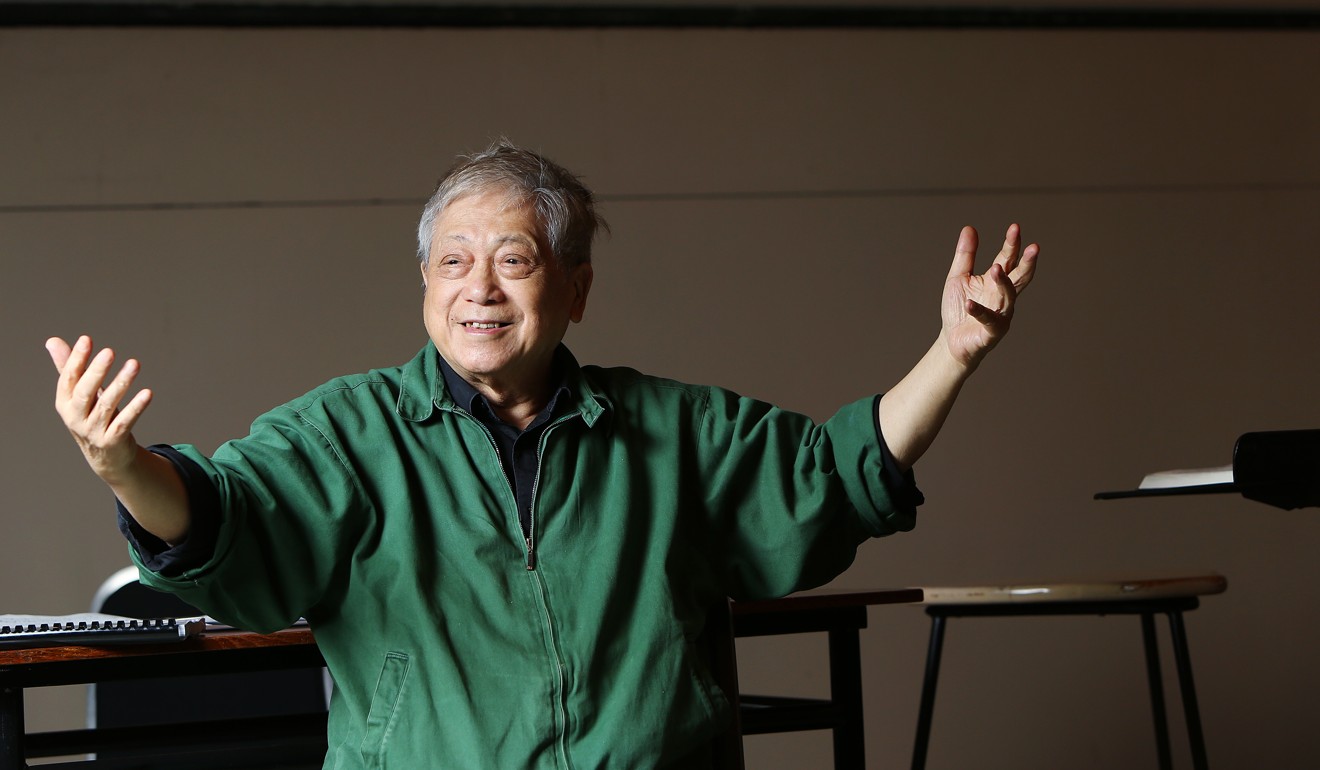
“If you really want to have a venue with world-class acoustics, the only way is to tear it down and build a new one,” he says.
But Lo is less critical of the centre’s windowless façade, citing renowned conductor Zubin Mehta. “He said he was only concerned about the performance inside the hall, not the view outside, and hoped the audience would feel the same,” he says.
Lo recalls that when he became chairman of the Urban Council’s cultural committee in 1987, plans for the Cultural Centre were already well under way and there was nothing he could do.
Darwin Chen Tat-man, a cultural-venue veteran who managed City Hall upon its opening, explains that the oval shape of the Cultural Centre’s concert hall was modelled after the Philharmonie, home of the Berlin Philharmonic Orchestra.
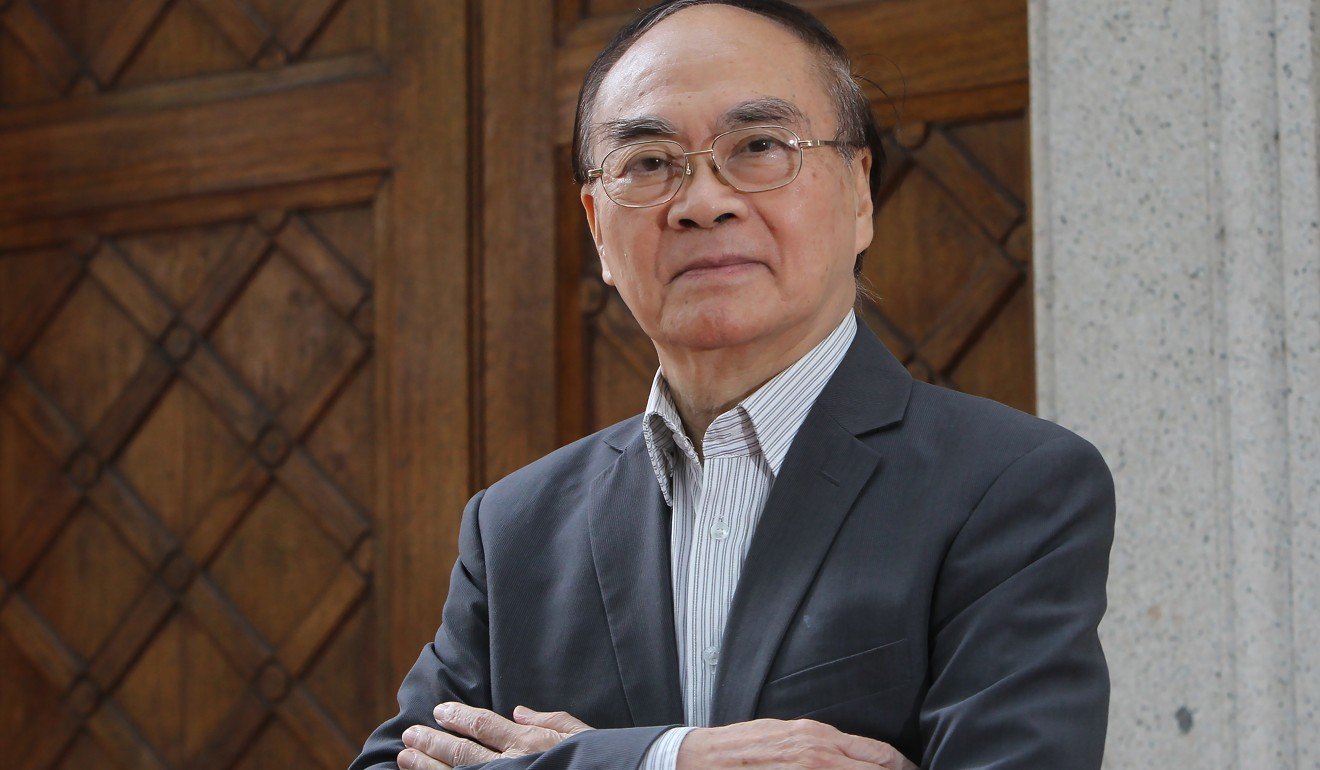
“The Cultural Centre hall is bigger and more spacious than the shoe-box-shaped City Hall, so the volume is different fundamentally, and that imposes challenges,” he says.
Tony Ma Kai-loo, the first chief manager of the Cultural Centre, who retired in 2003, insists the various criticisms were addressed along the way.
Numerous adjustments have been made, and the acoustics are now said to be satisfactory.
Elaine Yeung Chi-lan, deputy director of the LCSD, says: “I’ve learned from the Hong Kong Philharmonic, our venue partner, that the acoustics are fine. As different hirers have their own requirements, we leave it to them to fine-tune by adjusting the reflective panels in the hall.”
Another novelty in the centre’s concert hall is its Austrian pipe organ. With about 8,000 pipes, it was the largest in Asia when the centre opened. Elaine Yeung, who was in charge of its installation, recalls a difficult operation. “It was a very painful task to install the instrument, with the Austrian technicians who required absolute silence and got angry whenever a drilling sound was made, and there were plenty of those on the eve of the opening,” she says.
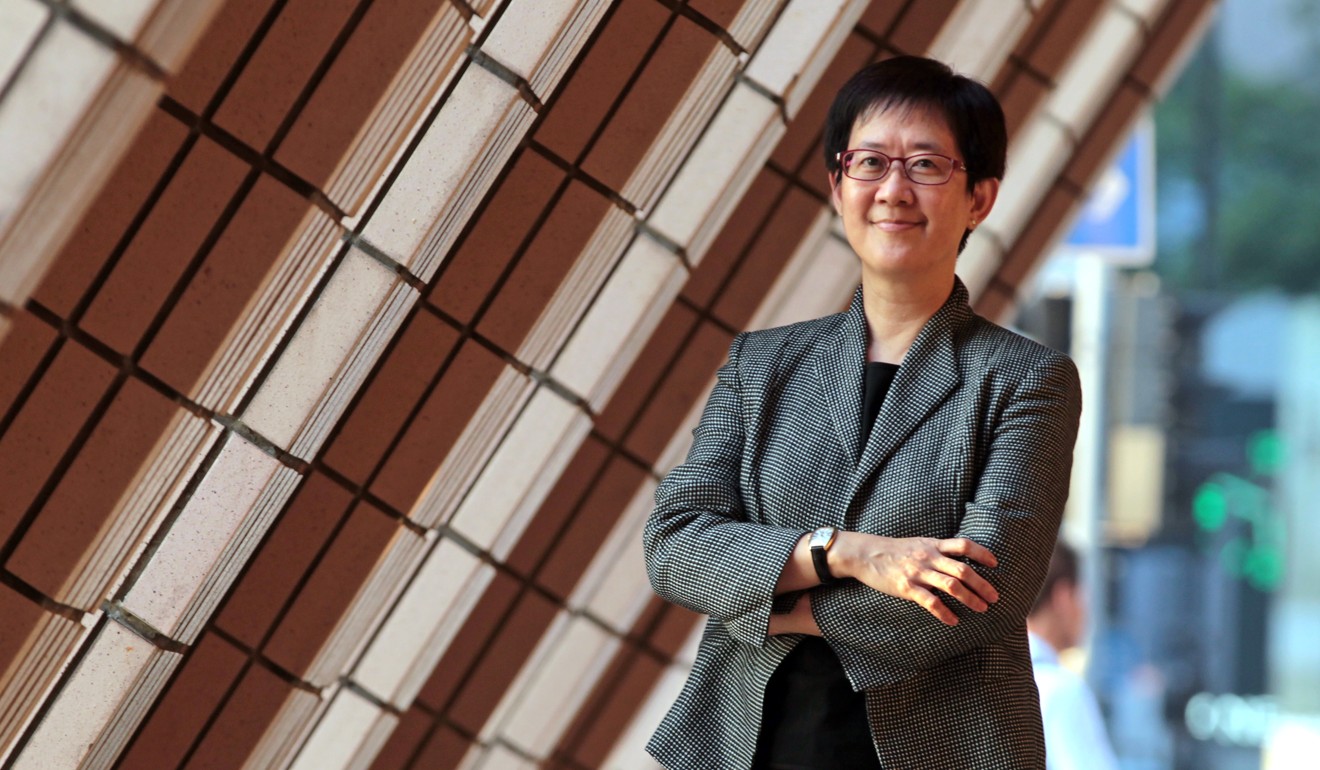
But the hard work paid off as the organ proved to be an inspiration to people like composer Chan Wing-wah, writer of nine symphonies.
“When the Cultural Centre opened in 1989, I took note of the grand organ,” he recalls. “The time came in 1994 when I was the resident composer of the Hong Kong Phil and composed Elevation, a work for organ and orchestra.”
More recently, he arranged the first movement of his Ninth Symphony for organ. It was performed by the Hong Kong Oratorio Society in October to celebrate the 30th anniversary of the hall and pipe organ.
Celebrations aside, Mathias Woo Yan-wai, artistic director of Zuni Icosahedron, an experimental theatre group and venue partner of the Cultural Centre, feels it is time for a rethink.
“The Cultural Centre was the most advanced 30 years ago but now it’s the most backward compared with new venues around the region,” he says.
He suggests more strategic use of the HK$20 billion (US$2.6 billion) the finance secretary announced last year for upgrades to the city’s cultural facilities. He thinks the three halls at the Cultural Centre could be turned into small and medium-sized performing venues for the younger generation.
The LCSD’s Elaine Yeung says major facelifts will have to wait.
Given the slow progress of the West Kowloon Cultural District over the past decade, I don’t think I will live to see it achieve anything big
“Any major work requires a complete closure for a long period,” she says, pointing out that the Museum of Art closed for three years before reopening last month.
“For the Cultural Centre to embark on a major facelift, we need to wait for other facilities to open and meet the great demand of hirers.”
She points to soon-to-open venues at the East Kowloon Cultural Centre and West Kowloon.
But Hong Kong’s cultural veterans have their doubts.
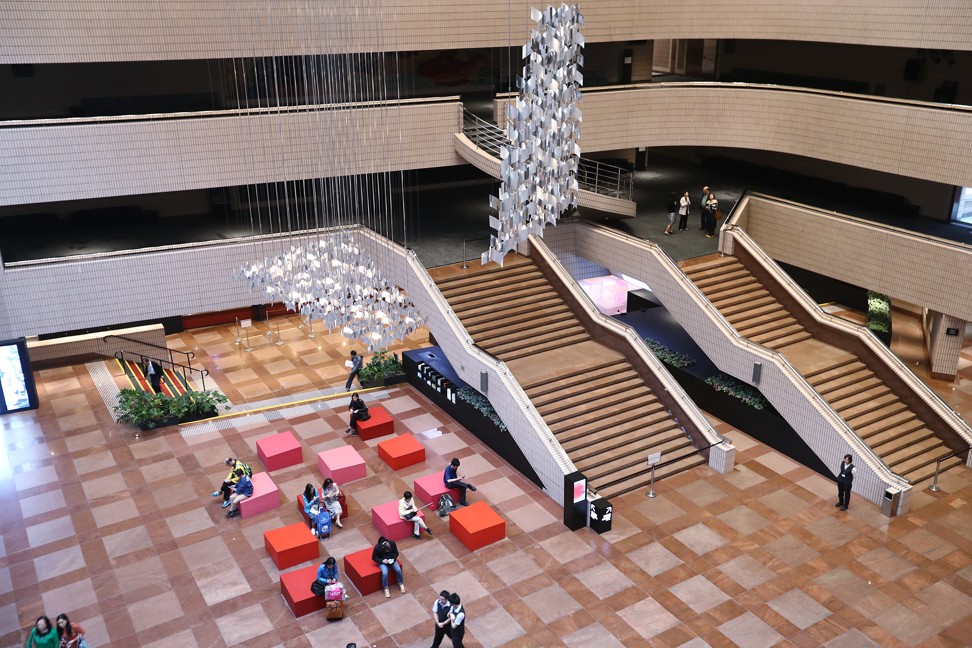
Darwin Chen asks: “Who can guarantee that a facelift will bring about the best effects, including the acoustics?”
As for Lo King-man, he is sticking with the existing facilities, in particular City Hall, the way they are.
“Given the slow progress of the West Kowloon Cultural District over the past decade, I don’t think I will live to see it achieve anything big,” he says.
“So I think the Cultural Centre will remain Hong Kong’s main cultural symbol for quite a while.”

